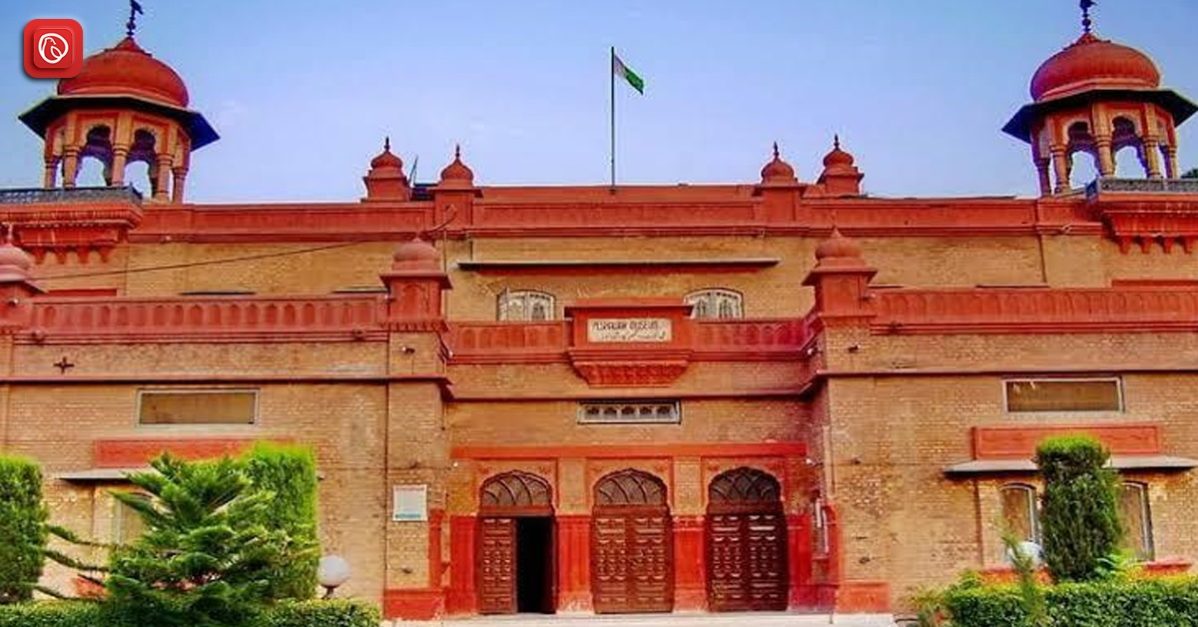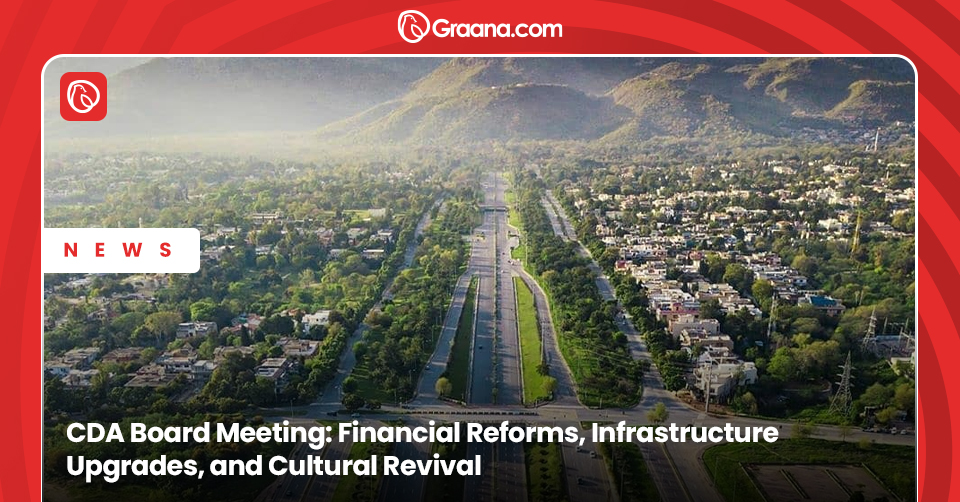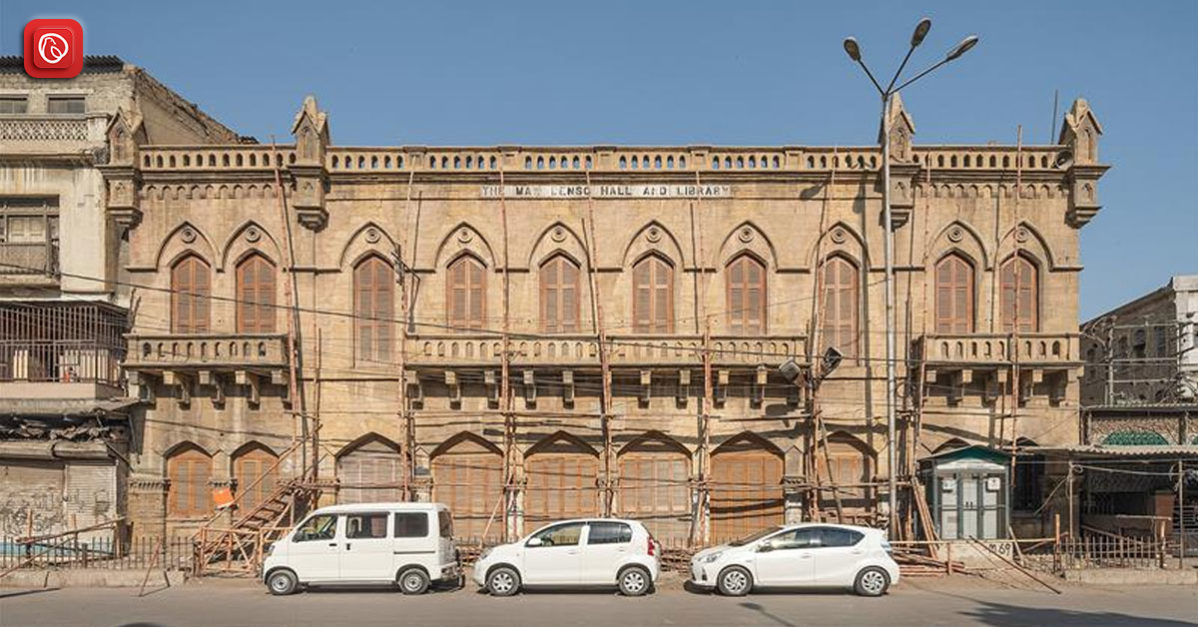Whether you are a history enthusiast, an art lover, or simply curious to learn more about the rich cultural heritage of Pakistan, the Peshawar Museum is a must-visit destination. With its vast and fascinating collection of artefacts, the museum offers visitors a unique opportunity to explore the region’s rich past and discover its hidden treasures.
Graana.com discusses everything you need to know about the Peshawar Museum, including its history, organisation, collection, and FAQs.
About Peshawar Museum
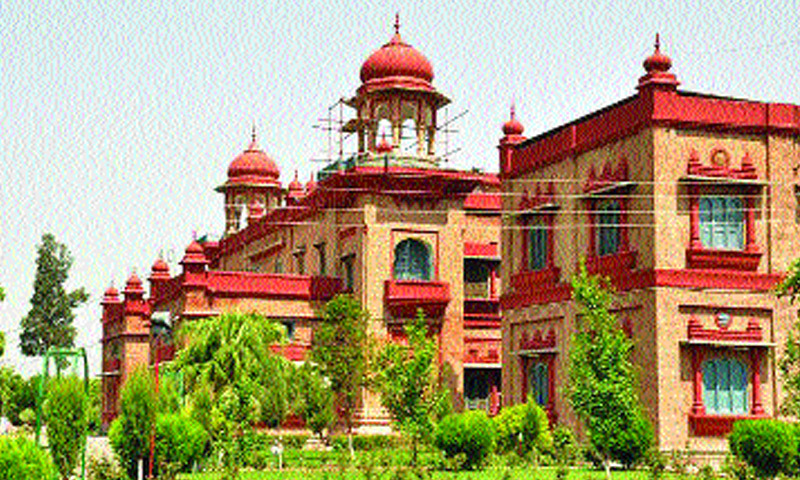
The Peshawar Museum is a treasure trove of Gandharan art and cultural heritage located in the heart of the ancient city of Peshawar, Pakistan. Established in 1907, the museum houses one of the largest and most significant collections of Gandhara art in the world, showcasing the unique blend of Buddhist, Greek, and Roman influences that characterised the region’s cultural landscape during the first to fifth centuries AD.
In addition to its renowned Gandhara collection, the Peshawar Museum also features a wide range of other artefacts from the region’s rich and diverse past, including coins, manuscripts, statues, traditional attire, jewellery, weapons, and household commodities. The museum’s galleries offer visitors a glimpse into the lives of the people who have inhabited the Khyber Pakhtunkhwa province over the centuries, from the Gandharans to the Mughals to the present day.
History of Peshawar Museum
The residents of KPK contributed Rs. 45000, and the DG of the Archaeology Department of India contributed Rs. 15000 to fund the main hall of the Peshawar Museum, which was constructed between 1906 and 1907 to honour Queen Victoria.
They commenced the museum in November 1907 to exhibit the Gandharan Sculptures from prominent sites such as r, Sahri Bahlol, Shah-Ji-Ki-Dheri Peshawar, Takht-i-Bahi, and later from Jamal Garhi and other Gandharan sites excavated by British scholars.
The original two-storey structure was a combination of Mughal and Indo-Islamic architectural styles, featuring a main hall, two side passages on the first and ground floor, adorned with small pinnacles, and four graceful cupolas on corners. Additional galleries were symmetrically added to the western and eastern sides of the building in 1969-70, followed by the construction of a second storey for these side halls in 1974-75.
Peshawar Museum Organisation
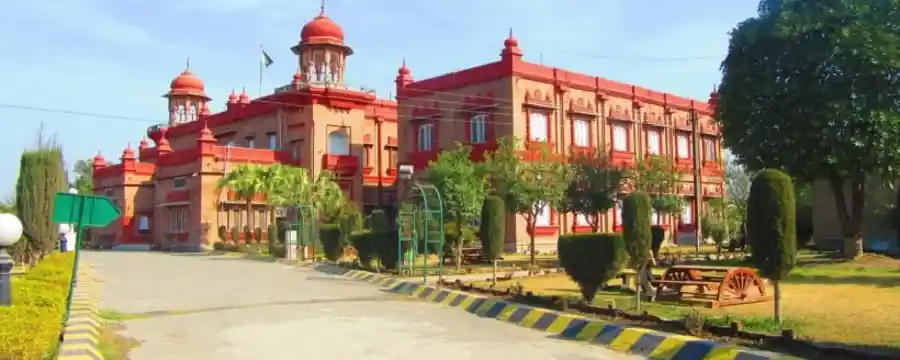
Following its establishment in 1907, the Municipality of Peshawar initially managed the museum, with the Museum’s Curator being the Superintendent of the Archaeological Survey of India, Frontier Circle. In 1927, as the Frontier Circle office moved to Lahore, a dedicated Curator was allotted under the Provincial Government.
Post-independence, the Peshawar Museum came under the direct supervision of the Director of Public Instructions, Government of KPK, Peshawar. In 1971, an independent body, the Board of Governors, was formed to oversee the Museum’s operations, initially led by the Governor and later by the Chief Secretary of Government of Khyber Pakhtunkhwa.
In 1992, the Government of KPK established its own Directorate of Archaeology and Museums to enhance the safeguarding and conservation of the Province’s archaeological heritage, consequently integrating the Peshawar Museum into the Provincial Directorate.
Collection
The present assortment includes a diverse compilation of approximately 14,000 artefacts, predominantly centred on the themes of Greco-Buddhist, Gandhara, Kushan, and Indo-Scythian Parithan lifestyles. The collection encompasses a wide array of items such as art pieces, sculptures, manuscripts, coins, statues, ancient books, early renditions of the Quran, weaponry, traditional attire, jewellery, representations of Kalash culture, inscriptions, Mughal and subsequent era paintings, household commodities, pottery, alongside regional and Persian crafts.
Greco-Buddhist and Gandhara Art
The Peshawar Museum boasts an expansive and significant assemblage of Gandhara art from the Buddhist era, making it renowned as one of the most extensive Buddhist collections of artefacts. It particularly houses the largest array of exhibits related to Gautama Buddha, featuring Buddhist stone sculptures, terracotta figurines, and various other Buddhist relics.
The main hall’s exhibit of Gandhara art encompasses depictions of Buddha’s life events, miraculous occurrences, symbol worship, relic caskets, and individual standing Buddha sculptures. Additionally, the museum showcases ethnological artefacts from that historical period.
Persian and Mughal Islamic Art
Within this gallery, visitors can explore a diverse array of displays, including wooden mosque facades, ancient Persian and Arabic inscriptions, intricate Multani ceramics, and tiles, as well as attire and weaponry belonging to historical figures such as Syed Ahmad Shaheed Barailvi and other ancient leaders. Notable highlights comprise the exceptional Mughal Islamic metal artefacts crafted from silver and bronze, alongside a collection of calligraphic scrolls and specimens.
Middle Age to Present
The gallery mainly highlights the culture and traditions of prominent tribes in the province of Khyber Pakhtunkhwa. It also provides insights into the lifestyle of the Kalash. It is a small animist tribe in the northern region known as Kalasha Desh.
Additionally, the museum proudly presents cultural artefacts from the Kailash Valley. The displays encompass a variety of weaponry, such as daggers, swords, spears, longbows arrows and recurve bows. Moreover, the display also has shields, revolvers, muzzle-loading guns, pistols, revolvers, and gunpowder containers.
Numismatics
The numismatic collection of the Peshawar Museum encompasses 8,625 coins, among which 4,510 belong to the pre-Islamic era. Notably, the coins were unearthed from various archaeological sites. These are Shah-Ji-Ki-Dheri, Shari Bahlol, Takhti-Bahi, and Jamal Garhi. These coins add a significant historical dimension to the collection. Publications have documented the assemblage of Bactrian Greek, Indo-Greek, Indo-Scythian, Indo-Parthian, and Kushan coins.
Frequently Asked Questions (FAQs) About Peshawar Museum
The following are the most common questions about the museum.
What are the opening hours of the Peshawar Museum?
The Peshawar Museum is typically open from 9:00 AM to 4:00 PM, Monday through Sunday.
How can I reach the Peshawar Museum using public transportation?
The museum is accessible via various public transportation options, including buses and taxis. You can get specific routes from the local transport authority or through online mapping services.
What are the major attractions or highlights of the Peshawar Museum’s collection?
Some major highlights of the Peshawar Museum’s collection include Gandharan art, Buddhist artefacts, numismatic collections, ethnological objects, Islamic metal artefacts, and cultural items from the tribes of Khyber Pakhtunkhwa.
Are there any special exhibitions or events held at the Peshawar Museum throughout the year?
The Peshawar Museum hosts periodic special exhibitions and events that showcase specific themes or highlight significant historical and cultural aspects. You can obtain information about upcoming events from the museum’s official website or through local announcements.
Is there an entry fee for visiting the Peshawar Museum?
Yes, there is a nominal entry fee for visiting the Peshawar Museum. You can obtain the current fee structure from the museum’s official website or at the museum entrance.
Do the organizers provide any guided tours or audio guides for visitors?
Guided tours may be available at the Peshawar Museum. Visitors can inquire at the reception desk for information about guided tours or the availability of audio guides.
Can visitors take photographs or videos inside the Peshawar Museum?
Photography and videography for personal use are generally allowed inside the Peshawar Museum. However, confirming specific rules and restrictions with the museum staff is advisable before taking any photographs or videos.
Does the museum have facilities for children or educational tours?
The museum may offer educational tours or activities for children. You can obtain information about educational programs and facilities for children from the museum’s management or website.
How can one contribute to the preservation or development of the Peshawar Museum?
You can contribute to the preservation and development of the Peshawar Museum through various means. This includes donations, sponsorships, or volunteer work. Interested individuals or organisations can contact the museum administration for further details on how to contribute.
To read about the Taxila Museum, visit the Graana Blog.
